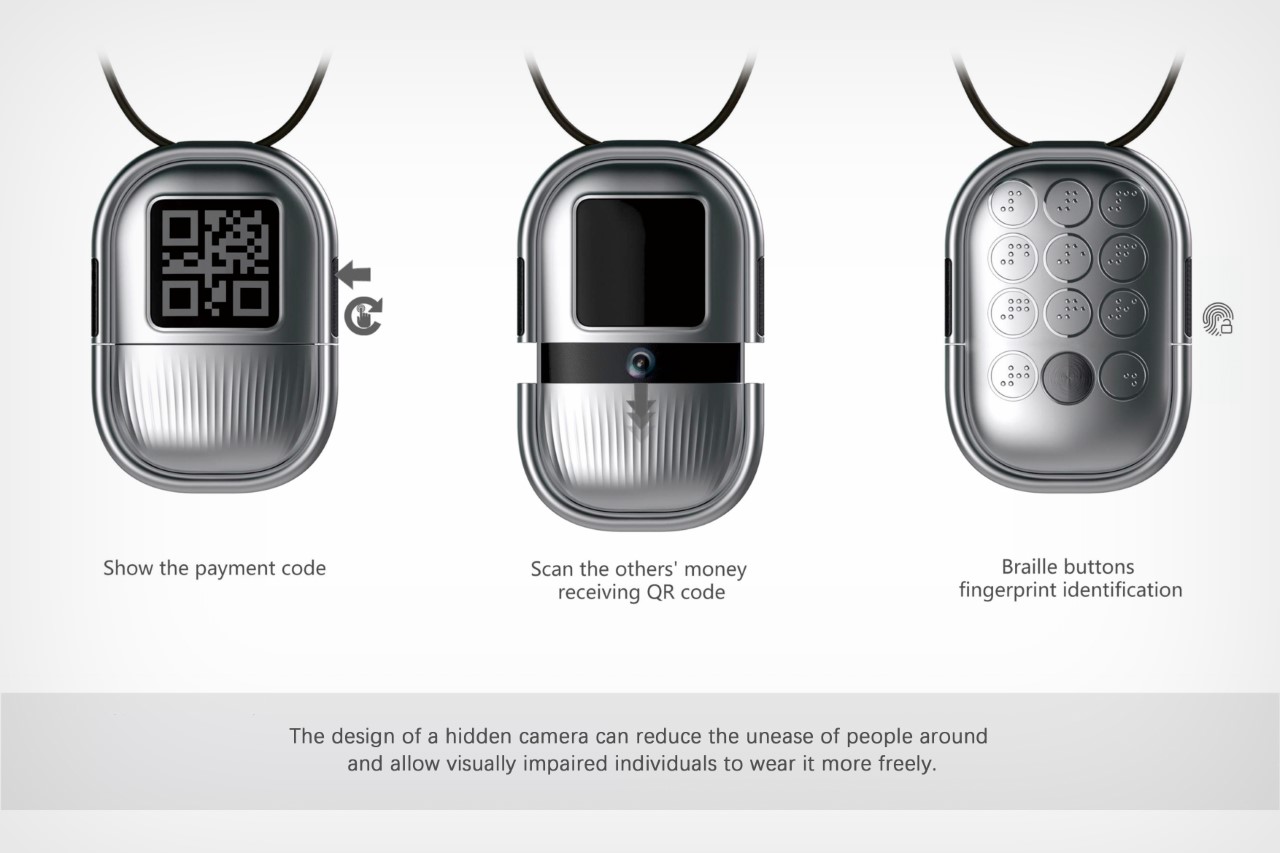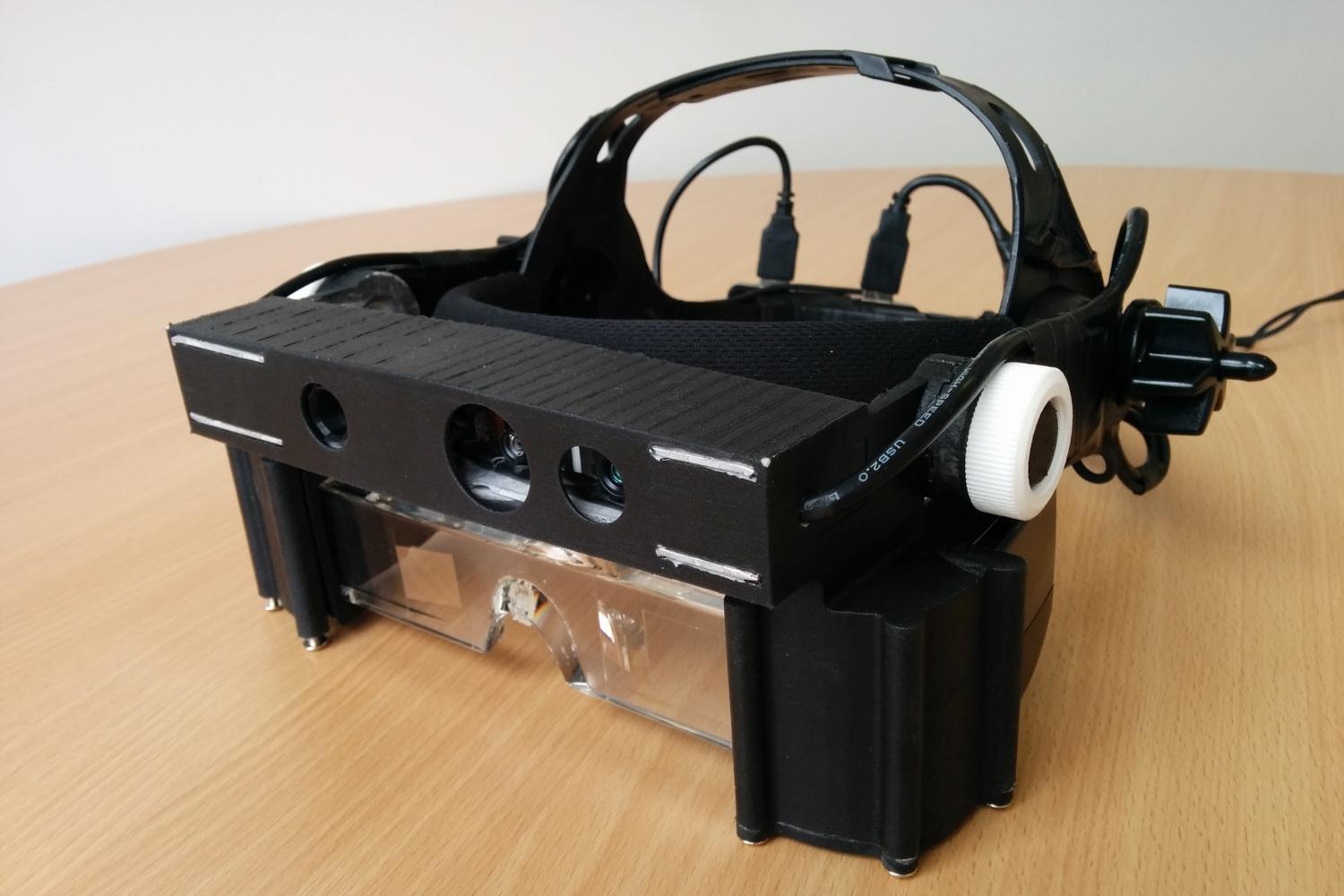OCR Devices for the Blind: Turning Text into Speech with Ease
OCR Devices for the Blind: Turning Text into Speech with Ease
Blog Article
Discover Innovative Devices Designed for the Aesthetically Damaged
The growth of cutting-edge devices for the aesthetically damaged stands for a considerable improvement in access and self-reliance. Technologies such as clever glasses with AI capacities and mobile applications made to offer auditory descriptions are reshaping everyday experiences for customers.
Smart Glasses for Navigating

Smart glasses made for navigation are changing the method aesthetically damaged people communicate with their atmosphere. These advanced tools use a mix of camera technology, man-made intelligence, and auditory feedback to give real-time info about surroundings. By employing obstacle discovery systems, smart glasses can notify customers to prospective risks, allowing more secure mobility in both strange and familiar setups.
The assimilation of GPS innovation even more boosts navigation capacities, enabling customers to receive auditory directions as they move. This hands-free method not just fosters freedom yet likewise encourages visually impaired people to browse metropolitan landscapes with boosted confidence. Furthermore, numerous clever glasses are outfitted with functions that identify spots and street indications, offering contextual details that enhances the user experience.
Furthermore, the growth of these tools is continuously advancing, with business functioning to enhance the accuracy of object recognition and broaden the array of navigational functions. As smart glasses come to be extra accessible and economical, they hold the potential to substantially change every day life for visually damaged individuals. Ultimately, these ingenious tools represent an important action toward inclusivity, offering boosted mobility and a greater sense of autonomy for individuals browsing the world around them.

Mobile Apps for Daily Living
How can mobile applications improve the daily lives of visually impaired people? Mobile applications are revolutionizing the means aesthetically damaged customers browse their settings, take care of everyday tasks, and access information. These applications supply vital assistance via numerous performances, promoting independence and improving quality of life.
Numerous cutting-edge mobile apps are made particularly for day-to-day living. Applications like Be My Eyes link visually damaged individuals with sighted volunteers through video calls, enabling them to get real-time help with jobs such as checking out tags or navigating unfamiliar areas. Similarly, Seeing AI, created by Microsoft, uses synthetic knowledge to explain surroundings, read text, and recognize items, effectively transforming a smartphone right into an effective tool for everyday assistance.
Furthermore, navigating applications customized for the aesthetically impaired, such as Aira and BlindSquare, supply audio-based directions and ecological information, making it possible for individuals to traverse their environments securely and confidently. Past navigating and immediate aid, mobile apps likewise sustain company and job administration, with attributes that help customers set suggestions, develop order of business, and track appointments. In recap, mobile applications act as essential resources, encouraging visually impaired individuals to lead more independent and satisfying lives.
Wearable Technologies for Help
Empowerment through innovation is significantly evident in the world of wearable tools developed to help visually damaged people. These cutting-edge devices integrate perfectly right into life, enhancing navigating and offering important responses to customers. For example, smart glasses equipped with cams can recognize faces and read text aloud, allowing individuals to interact more confidently in expert and social settings.
An additional remarkable improvement is the usage of haptic feedback systems in wearable gadgets. These systems use resonances or various other tactile signals to communicate information regarding the individual's setting, such as obstacles or changes in terrain, improving mobility and security. Wearable innovations additionally include wristbands that attach to smart devices, alerting individuals to alerts through refined vibrations, thus improving connection without reliance on visual cues.
As these technologies proceed to advance, they are not just boosting freedom for aesthetically impaired individuals but also cultivating a higher feeling of addition in society. By linking the gap between challenges dealt read what he said with in day-to-day living and the possibility for freedom, wearable modern technologies offer as crucial devices in the pursuit for equal rights and empowerment for those with aesthetic disabilities.
Sound Description Devices
Sound description devices play a crucial function in boosting access for aesthetically damaged people, providing them with the capacity to involve with visual media. AI-powered visual aids. These devices offer narrated summaries of vital visual elements in films, television shows, and live performances, guaranteeing that users can fully understand the context and emotions conveyed via visuals
Audio description can be integrated into different systems, including streaming services, cinema testings, and live theater. Lots of preferred streaming services currently consist of audio description as an access feature, allowing viewers to pick it quickly. In addition to conventional media, specialized apps also exist, giving audio descriptions for art events, museums, and various other cultural occasions.
The effectiveness of audio description depends upon the skill of the narrators, who need to share visual details succinctly without diminishing the original audio. Innovations in this field are likewise leading the way for more tailored experiences, where individuals can change the degree of detail and pacing according to their preferences.
Braille Innovations and Devices
Braille innovations and devices have dramatically transformed the way aesthetically damaged people interact with text and info. Modern advancements have actually led to the growth of versatile devices that boost literacy and freedom among individuals. Especially, Braille show modern technologies have advanced, permitting vibrant analysis experiences. These gadgets convert electronic message right into Braille, enabling individuals to access a substantial range of information on tablets, smartphones, and computers.
Additionally, mobile Braille notetakers incorporate typical Braille input with modern functionalities, facilitating note-taking, scheduling, and paper editing on the go. AI-powered visual aids. These portable tools commonly feature text-to-speech abilities, connecting the space in between Braille and auditory details
Additionally, ingenious Braille printers have actually emerged, allowing customers to produce Braille labels, papers, and educational products successfully. This accessibility cultivates better engagement in professional and educational settings, ultimately promoting inclusivity.
In addition, research study into smart Braille innovations remains to increase. Devices that incorporate expert system are being explored to supply real-time navigation help and contextual information, see it here enhancing the individual experience in diverse setups. In general, these advancements show a commitment to encouraging aesthetically impaired individuals via modern technology, ensuring they can quickly gain access to and engage with the world around them.

Verdict
The development of cutting-edge tools for the visually impaired substantially improves freedom and lifestyle. Smart glasses, mobile applications, wearable innovations, audio summary tools, and Braille review developments jointly empower individuals by providing important navigation support, ecological recognition, and boosted reading experiences. These modern technologies not only foster better inclusion yet additionally promote freedom in everyday tasks, inevitably adding to a more fair and accessible culture for visually impaired people. Proceeded growth in this field holds pledge for further improvements.
As clever glasses come to be much more economical and available, they hold the potential to significantly transform day-to-day life for aesthetically impaired users. Mobile apps are transforming the method visually impaired customers navigate their environments, handle day-to-day tasks, and gain access to information. Applications like Be My Eyes attach aesthetically impaired users with sighted volunteers using video clip phone calls, allowing them to receive real-time support with jobs such as reading labels or browsing unknown areas.Furthermore, navigating apps customized for the aesthetically damaged, such as Aira and BlindSquare, offer audio-based instructions and ecological info, making it possible for users to traverse their environments securely and with confidence.The advancement of ingenious tools for the visually damaged considerably boosts freedom and top quality of life.
Report this page